In our daily lives, we are always surrounded by media. The visual types are especially ubiquitous, a condition that is not only true for ancient cultures such as the Mayans and Egyptians, but also for today’s information age which is pervaded by mass media and the intensified use of the internet. It seems, the importance of the image, as suggested by the truism “a picture is worth a thousand words” (origin contested), is still taken seriously. Hence, visual and media literacy is indispensable for navigating the contemporary world. However, there are many approaches to ‘reading’ or seeing visual media. After all, everything is “subject to interpretation. Whichever interpretation prevails at a given time is a function of power and not truth” (Friedrich Nietzsche). Moreover, in the words of the well-known adage, “[w]e don’t see things as they are; we see them as we are” (origin unknown). Accordingly, our ability to interpret meaning depends not only on our environment, but also on the limits of ourselves. Yet, these limits are not insurmountable: “When people take time to acquire additional knowledge, to do their research […] then their spheres of knowledge can grow” (Drew Hayden Taylor).
In this seminar, we will focus on Indigenous visual media in a variety of genres from stand-up comedy to the graphic novel, films and memes. We will therefore touch upon various media theories in order to understand and interpret the different forms of visual art. Additionally, the seminar will offer an excursion into humour theory, as several of the works of Indigenous visual media in our selection use this popular form of communication.
- Trainer/in: Silvia Anastasijevic
